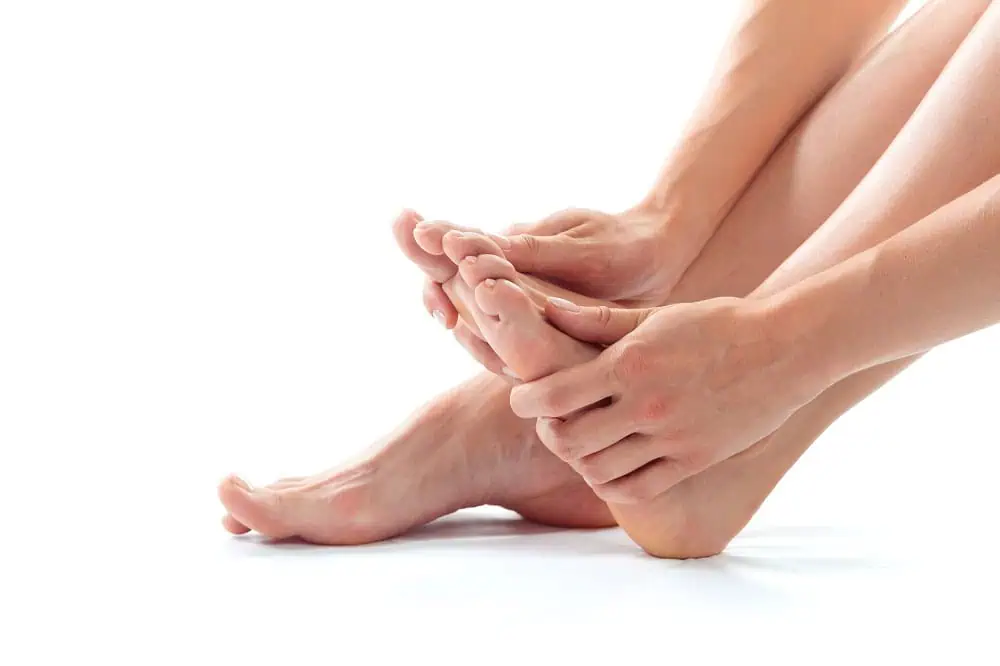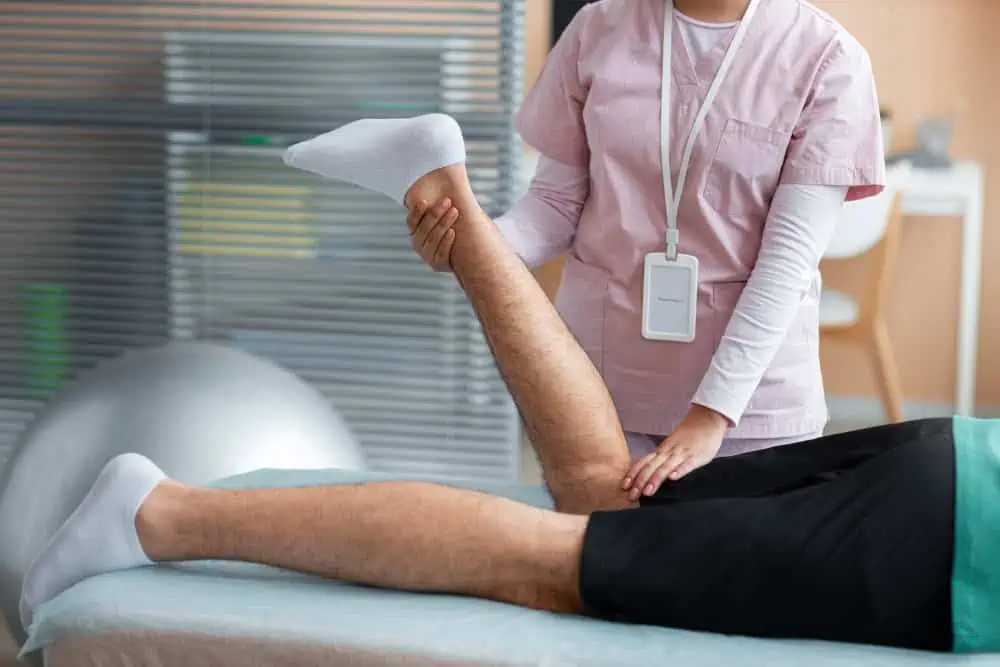Gout, the most common inflammatory arthritis worldwide, is treatable but vastly undertreated, according to epidemiologic studies that now encompass three continents. The undertreatment problems previously reported in the United Kingdom and the United States also characterize gout in Taiwan, according to a nationwide population study.
Chang-Fu Kuo, MD, from the Division of Rheumatology, Orthopaedics and Dermatology, School of Medicine, University of Nottingham, United Kingdom, and the Division of Rheumatology, Allergy and Immunology, Chang Gung Memorial Hospital, Taoyuan, Taiwan, and colleagues report the study results in an article published online January 23 in Arthritis Research & Therapy. Dr Kuo was also the lead author on the UK study.
In the new article, Dr Kuo and colleagues report, although gout incidence in Taiwan decreased during the course of the study, prevalence remained high and stable and gout management remained poor, with only about one quarter of patients receiving potentially curative urate-lowering therapy.
Jasvinder A. Singh, MD, MPH, who led the US study and who was not involved in either the Taiwan or UK studies, told Medscape Medical News, “The rates of undertreatment of gout in the US are also quite high and have been widely published, and many of the observations published in this study have also been seen in many other countries. Undertreatment includes not only lower rate of use of urate-lowering drugs but also infrequent monitoring of the serum urate and a low proportion reaching the target serum urate of less than 6 mg/dL due to use of suboptimal dose of urate-lowering drugs.” Dr Singh is professor of medicine at the University of Alabama, Birmingham.
Dr Kuo and colleagues used data from the National Health Insurance Research Database for Taiwan, which covers the entire population of 23 million people, to identify gout patients, estimate prevalence and incidence for each year from 2005 to 2010, and examine patterns of gout treatment.
Gout prevalence was 1,458,569 (6.24%), and gout incidence was 56,595 (2.74/1000 person-years). Gout prevalence did not change significantly during the study, although gout incidence decreased 13.4% between 2005 and 2010 and 2.1% between 2007 and 2010. In comparison, estimates of annual incidence in US studies ranged from 0.45 to 1.73 per 1000 person-years.
Gout was most prevalent and had the highest incidence rates in eastern coast counties and offshore islets of Taiwan, which the authors note also have higher populations of indigenous Taiwanese. “However, genetic factors account for just one-third of phenotypic variation of gout in men and only one-fifth in women so environmental factors could also contribute to the variable geographical distribution of gout in Taiwan,” the authors write.
“To the best of our knowledge, our study is the first to report gout incidence in Asian populations. The incidence in Taiwan was much higher than other countries, suggesting significant racial and geographic variation in the aetiology of gout,” they add.
Dr Singh commented, “There are very few studies of gout risk in Asian patients in the US, so it’s not easy to say whether the problem is better, the same, or worse than Taiwan. There are no particular subgroups in the US that require particular attention, except that African-Americans have been shown to have poorer outcomes with gout compared to Caucasians, and lower rates of medication treatment.”
In the Taiwan study, in 2010, only about one third of patients with gout had contact with health services in relation to gout, and only one in five were prescribed urate-lowering therapy. Of those treated, 60.08% (95% confidence interval, 59.91% – 60.25%) received uricosuric agents alone, 28.54% (95% confidence interval, 28.39% – 28.69%) received a xanthine oxidase inhibitor, and 11.38% (95% confidence interval, 11.27% – 11.49%) received both. The authors add, “Unfortunately, this suboptimal care has not changed over the study period, despite the publication of national and international guidelines on gout management during this period.”
The authors have disclosed no relevant financial relationships. Dr Singh reported no financial conflicts related directly to this study but has received research and travel grants from Takeda and Savient and consultant fees from Savient, Takeda, Regeneron, Allergan, and Novartis.
Source: Janis C. Kelly, Medscape




